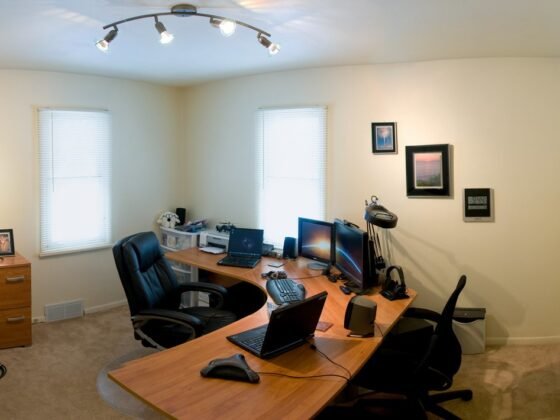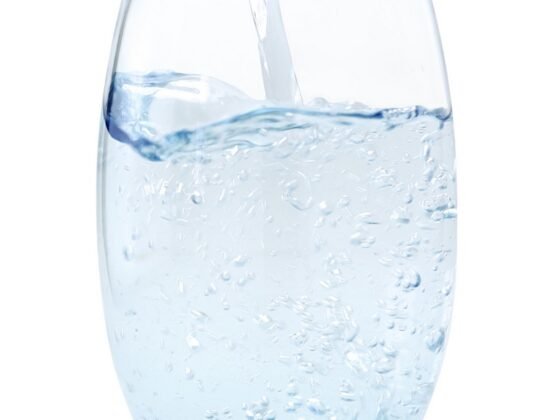Table of Contents Show
The air quality in closed spaces is paramount, especially to those who suffer from allergies or asthma. The air in our homes can have harmful chemicals, mold spores, unpleasant odors, etc. This is where air purifiers come in!
An air purifier is a device meant to filter the air indoors to improve its quality, neutralize the odors, and make the overall atmosphere in your home much more enjoyable! A HEPA air purifier is a device meant to filter the air indoors to improve its quality, neutralize the odors, and make the overall atmosphere in your home much more enjoyable!

We will discuss whether or not air purifiers can help you get rid of mold as well. Make sure you stick around to find out more on the topic!
If you wish to find a reliable HVAC service provider, you should surely visit this page.
What Is Mold?
A mold is basically a group of organisms that thrive on moisture, which is why they tend to show up in numerous places in our homes.
You can find orange slime in the kitchen drain, black spots on your shower curtain, fuzzy white patches on the floor, and many other places.
Simply put, mold is a type of fungus that can be found anywhere in colors such as green, white, black, orange, etc.
Mold spores create a very unpleasant odor and pollute the atmosphere wherever found. Breathing in these particles is very uncomfortable and unhealthy, especially for people with asthma or allergies.
Also, mold can irritate your eyes, nose, skin, etc., no matter who you are. It is especially harmful to children and people with diseases such as cancer or lung diseases.
However, in small amounts, mold is not that dangerous; nonetheless, it is still annoying and smells terrible.
Read Also:
How Do Air Purifiers Help with Mold?
To be clear from the beginning, air purifiers do not get rid of mold. Mold is found in a physical form that keeps spreading around the house. This has to be cleaned manually using bleach and other supplies.
However, when it comes to getting rid of mold from the house, air purifiers do help to an extent. Mold spores are particles that spread and are bad for our lungs.
Air purifiers filter the air, getting rid of those particles. Depending on the severity of the scenario, you might have to buy a robust industrial purifier or change the filters frequently of your already bought standard purifier.
Mold spores are challenging to get rid of, but air purifiers will surely filter the ‘musty air,’ and your health will not be in that much danger.
However, keep in mind that mold does not go away on its own, and you must clean it! It can only stop growing and dry out if it’s no longer humid, but it will not disappear.
Which Purifier to Use?
There are quite a few types of air purifiers out there, so you should know their pros and cons before choosing one for yourself. We are bringing you a list of home air purifiers that’ll help you make this decision smoothly:
1. HEPA filter
Air purifiers with HEPA filters are very effective as they remove over 99% of smaller particles. However, they only trap larger particles and do not eradicate them. When it comes to mold, as its spores are over 0.3 microns, they are considered oversized.
Therefore, HEPA filters attract those particles and create a space for them to multiply. Of course, if the filters are cleaned regularly, this option is not so bad.
But if you forget to clean the filter, it will not only be useless, but it will also start emitting spores instead of removing them.
2. Photo Electrochemical Oxidation (PECO)
This purifier seems to be a better option than HEPA filters, as it does not trap the spores and keep them on the surface. Instead, it destroys the particles using a light-activated catalytic reaction.
This means that the mold in your house will be significantly reduced. Moreover, it also prevents regrowth. This technology is not toxic, and using it in your home is completely safe!
3. Ultraviolet Germicidal Irradiation (UVGI)
UVGI is pretty much a disinfection method that uses ultraviolet lights to destroy microorganisms, completely messing up their DNA, which prevents them from growing and spreading. It seems to be an effective defense against mold, as it kills the bacteria and filters the air.
4. Ionizing Air Purifiers (IAP)
IAP causes harmful particles to stick to nearby surfaces through an electric charge. These purifiers do help with mold in the air, but they are also more harmful than helpful.
They generate ozone as a byproduct, and ozone is damaging to our health and environment.
Even if you are healthy and exposed to ozone a lot, you might develop respiratory problems. Therefore, you might want to avoid this purifier. The same goes for Ozone generators.
5. Carbon Filters
Carbon filters might not be the best option for removing mold from your house, but they are worth considering. Note that such filters only trap the gases on an activated carbon filter and remove airborne chemicals. Therefore, they are not very useful for resolving mold issues.
How to Prevent Mold?
As mentioned above, mold is a fast-spreading compound. However, it needs moisture to do so. To prevent it from spreading over your house, you can opt for some of the following methods:
1. Fix the Leaks
If there are any leaks on your roof, in the walls, etc., make sure to fix them as soon as possible. Dry out these areas, including the ones that are hard to reach. This will help tremendously, especially with cleaning the air.
2. Ventilation
Mold is most commonly found in kitchens and bathrooms as there is a lot of water and humidity there. Get proper ventilation for such rooms to avoid getting mold on the walls or the furniture.
3. Clean Up After Floods
If you have recently or ever experienced a flood in your home, whether that be your basement or the kitchen, make sure to do a thorough job when cleaning up! The flooded areas need to be dried out to the T, or they can cause a lot of issues later on.
Endnote
Some air purifiers (such as HEPA and PECO) can be helpful when removing mold spores from the air, but they do not play a substantial role when it comes to removing mold from your house in general.
HEPA and PECO filters are particularly useful for this, as they do not emit any harmful chemicals. However, even if you use a purifier, make sure to clean the mold physically!









